This piece was originally posted on Forbes on December 12, 2016.
Nominally, the GOP now has political control of the federal government. But in reality, the U.S. is about to be governed by a coalition between a populist president and Republican leaders in Congress.
This is unfamiliar political territory for the U.S. Typically the federal government is either divided or unified. Divided government is characterized by occasional bursts of bipartisanship and long periods of gridlock, while unified government allows one party to push through their agenda. But Trump does not have the same political agenda as the Republican Party in Congress, to the extent, that is, that he has an agenda at all. He won the party’s nomination, but is almost entirely independent of the party’s machine, history and personal networks. Trump didn’t climb up the party floor by floor. He simply took the penthouse suite.
It is hardly a secret that Trump and Speaker Paul Ryan are not friends. But the divide between the president-elect and Congress is not just personal. There is a gulf in terms of policy. Most Republicans are free traders; Trump is a protectionist. Ryan and his colleagues have fought for years to reform social security and Medicare; Trump has promised to leave them alone. Ryan has supported immigration reform allowing a path to citizenship; Trump has called for mass deportation. Then of course there are areas where the two sides of the coalition are in broad agreement: tax cuts, especially for corporations and the wealthy, repeal of the Affordable Care Act, and the ideological leanings of any new Supreme Court justices.
I served in the UK’s Conservative-Liberal Democrat coalition government after 2010, as head of strategy for the Deputy Prime Minister Nick Clegg. There is plenty of room for debate about the record of the Cameron-Clegg administration (and even more so for the political consequences for the party I served). But for all its challenges, the coalition remained intact, governed competently and steered the nation through the recession and its aftermath. Based on that experience, and the lessons of coalition governments around the world, here are five lessons to the new coalition partners in Washington D.C.
- Both sides need to win.
For a coalition to succeed and survive, both sides must achieve something they could not achieve on their own. This test should be easy to pass, given the pressure on both sides of the coalition to seize the moment for substantive change. (Note that for the purposes of this article I offer no commentary on the wisdom or otherwise of likely changes.)
But it is important to be symmetrical about these wins. Flush from his political coup, Trump may be tempted to put his own agenda above Congressional wishes. He may even enjoy some short-term success from doing so, given the likely fear among Republicans of possible primary challenges from Trumpian populists. But this won’t last. In the end, he needs them as much as they need him. Populist wins on trade or border defenses will need to be balanced with Republican wins on regulation, tax or safety net reforms, for example. Anti-Trump Republicans need to show their achievements; likewise anti-Establishment Trumpians.
I doubt either side would look to a report from the Office of Community Planning and Development in the U.S. Department of Housing and Urban Development for inspiration. But in Building Effective Homeless Coalitions, published in 2009, the Office correctly pointed out that a successful coalition “must be able to achieve goals and objectives that its individual stakeholder organizations would benefit from but would not be able to achieve on their own. Otherwise, its stakeholders would not be willing to invest the time and effort to participate in the coalition.”
- Coalition partners must maintain their distinct identity.
When coalition partners are from separate political parties, their distinctiveness is easier to maintain (though not guaranteed, for sure). There’s lots of unity talk on both sides right now. But it will be in the interests of both sides to keep some clear water between them. Many of Trump’s supporters want to see him break with the Washington establishment, of all parties. But in many congressional districts, Republicans need to attract the support of moderate voters who are turned off by Trump, and so need to show their independence. This is a delicate balancing act. Each side will be giving only partial, contingent support to the other. But that’s how coalitions work.
- Clearly specify “no go zones.”
Right at the outset each side should declare that there are certain areas which are off-limits. If there are some red lines that one side simply cannot cross, it is better that these are known from the outset. No matter how much Ryan and his team want to reform Social Security, Trump can simply rule it out. Likewise Congressional Republicans have already ruled out term limits and could make it clear that unfunded spending increases will not be rubber-stamped. Some of this is already happening, of course, through various public declarations. It would be better for the coalition partners to do this face to face, and then to coordinate communications.
In the UK coalition the Liberal Democrats were clear that both a tax break for married couples and a referendum on membership of the European Union were simply off the table. The Conservatives ruled out any reductions in any benefits to pensioners, or any increase in income tax for higher earners. Everybody knew there would be no action on these fronts for as long as the coalition stood.
- Agree “must dos.”
On the other hand, each side should settle on some reforms that are essential, not only in order to give them a political “win” (see #1), but because of the importance of a particular policy reform to that side of the coalition. Trump might insist, for example, on building a wall (of some sort) on the Mexican border, repealing Obama’s executive orders on immigration, killing the TPP trade agreement, and dedicating a certain amount of additional federal spending to infrastructure. Team Ryan-McConnell might in turn require the conversion of all welfare payments, including Medicaid, into block grants to the states, the removal of all federal funding for Planned Parenthood, removal of tax breaks for employer-provided healthcare, and so on. (Again, I’m not arguing for these policies, simply offering examples.)
When different parties govern together, they will typically spend days or even weeks thrashing out a broad Coalition Agreement, stating shared overall objectives, as well as listing both the no-go and must-do areas. (This is what happened in the UK.) There will of course be no such formality in Washington D.C., since the partners are from the same political party. Still, both sides would be well advised to get as close as possible to an outline agreement in their private negotiations. As a general principle, it is advisable to get both the “no-go” areas and “must-do” reforms out into the open as soon as possible. This helps to commit both sides.
- Build trust.
Coalitions depend on trust between the partners. In an ideal world, this trust is generated at the personal level, between leaders on both sides. This was achieved at the beginning of the UK coalition, but personal trust quickly broke down. We then retreated to transactional trust: “I may not trust you as a person, but I do trust that you will do what you’ve said, because it is part of a broader deal that you benefit from.”
I doubt very much if personal trust will develop between Trump and either Ryan or McConnell. They will rely on each side keeping their word. Trust will be built through action, rather than personal chemistry. This will take time, and will require significant personal restraint and discipline on both sides, given the personal animosities that exist.
Politics is a tough business, and the temptation to damage an enemy, of whatever party, is strong. Both sides would do well to ponder the fable of the frog who carries a scorpion across a river, figuring that the scorpion’s self-interest will prevent a fatal sting. When the scorpion strikes, dooming them both, the frog asks why. “It’s just my nature,” replies the scorpion.
So long as the coalition is formed carefully, it will be in the interest of both sides to resist the urge to sting the other. So the coalition’s success will depend on self-discipline, ability to see the bigger picture, and willingness to compromise: whether they are, in the end, frogs or scorpions. Let’s see.
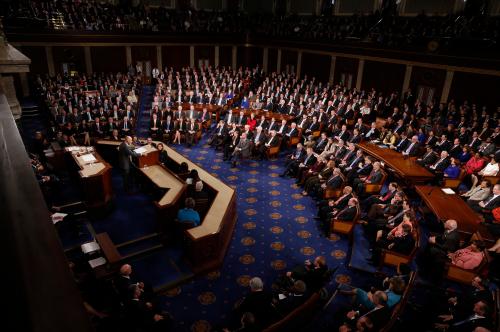

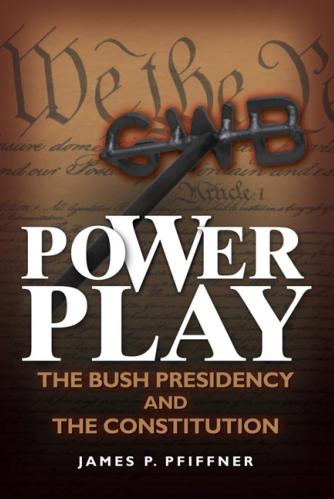
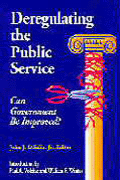
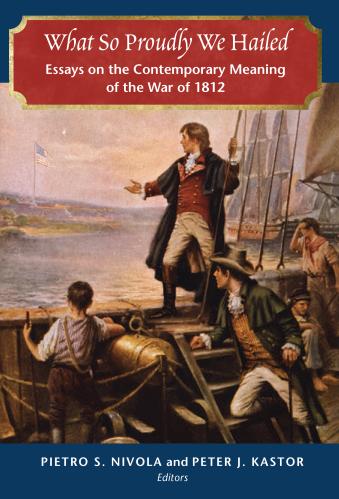



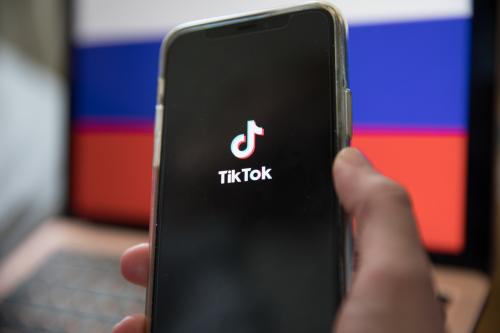
Commentary
Op-ed5 ways to make the populist-Republican coalition government work
December 19, 2016